You’re not alone if you’ve ever been behind the wheel of your Chevrolet Equinox and been confronted with a mysterious symbol or warning light on your dashboard – in fact, a staggering 70% of drivers have experienced this confusion. As you glance down at the array of lights and symbols, you can’t help but wonder what they mean and whether you should be concerned.
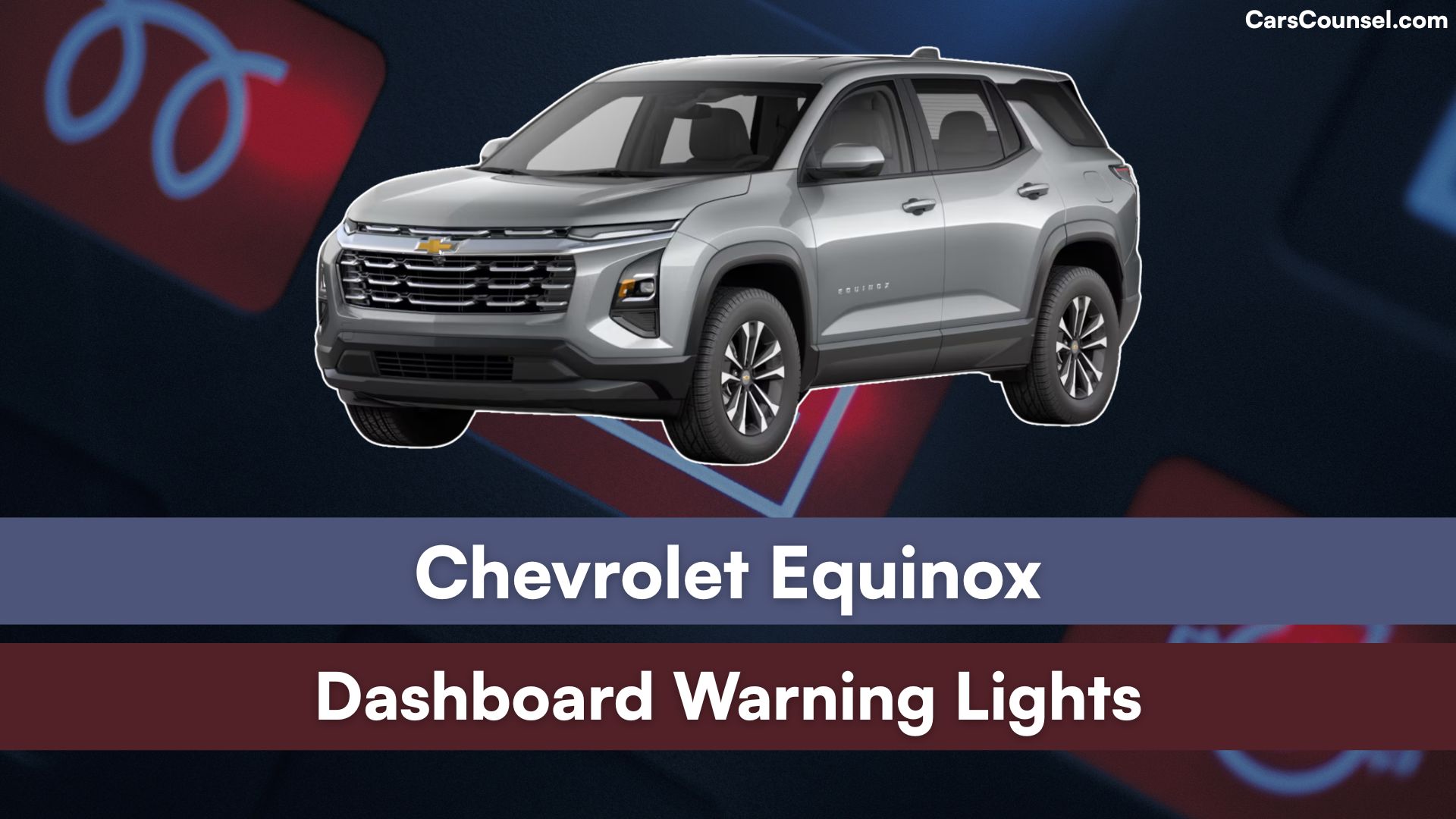
From engine overheating to brake system issues, these warnings are designed to alert you to potential problems, but without a clear understanding of what they signify, you’re left feeling uncertain and unsure of how to respond.
Quick Navigation
Urgent Warning Lights Meanings
Urgent warning lights on your Chevrolet Equinox’s dashboard demand immediate action to ensure your safety and the safety of others on the road.
Engine Overheating Light
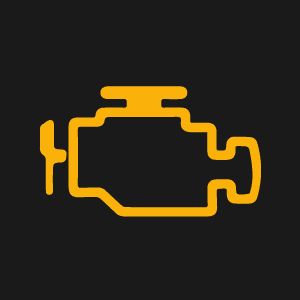
Indicates: High engine coolant temperatures.
Action: Stop the engine as soon as possible to prevent damage.
Seat Belt
Airbag Lights

Indicates: Unfastened seat belts or airbag system faults.
Action: Certify occupant safety by addressing the issue promptly.
Battery Light
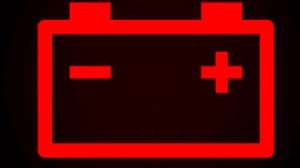
Indicates: A fault with the charging system.
Action: Check the charging system and address any issues to avoid battery failure.
BRAKE Warning Light
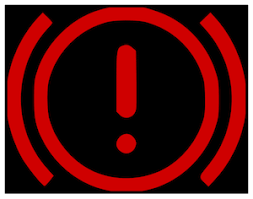
Indicates brake system faults or low brake fluid levels.
ABS Lights
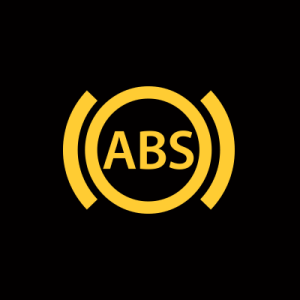
Indicates: Anti-lock braking system faults.
Action: Both require immediate attention to maintain safe braking functionality.
Heeding Warning Lights
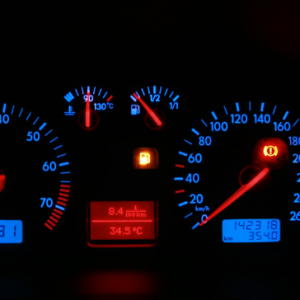
These emergency alerts signify critical indicators that, if ignored, can lead to severe risks and costly repairs. Addressing them promptly ensures your safety and that of other road users.
Safety Features and Symbols
Lane Assist System (Lane Keep Assist – LKA)

Function: Gently steers your vehicle back into its lane.
Technology: Uses a camera to detect lane markings.
Operating Speeds: Functions between 37 mph and 87 mph.
Benefit: A critical Vehicle Safeguard that ensures you stay on course and avoid unintended lane departures.
Forward Collision Alert (FCA)
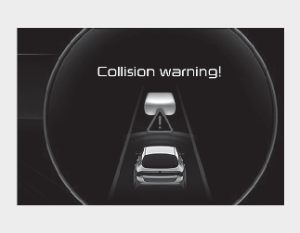
Function: Alerts you when approaching a vehicle ahead too quickly.
Warning Signals: Red flashing alert on the windshield. Rapid beeps or vibrations on the driver seat.
Benefit: Provides early warnings to help prevent rear-end collisions.
Secure Driving Experience
These safety features and symbols work in tandem to enhance your driving experience, keeping you and other road users safe. Stay attentive to these alerts and utilize the systems to ensure a secure journey.
Vehicle System Indicators Explained
Your Chevrolet Equinox’s dashboard is equipped with various system indicators that keep you informed about your vehicle’s performance and maintenance needs.
Oil Pressure
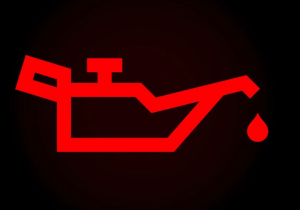
Alerts you to low oil pressure, which may indicate a lubrication problem.
DEF Levels (Diesel Exhaust Fluid)
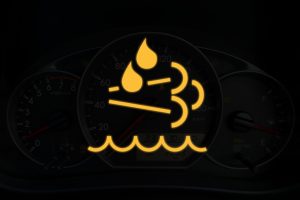
Monitors fluid levels in diesel models to ensure compliance with emissions standards.
Engine Power

Indicates changes in engine performance or reduced power mode due to faults.
Tire pressure
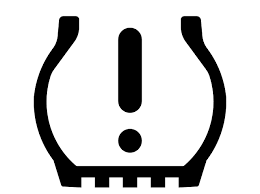
The tire pressure warning light, also known as the Tire Pressure Monitoring System (TPMS) light, indicates a problem with your tire pressure or the TPMS itself.
Engine Coolant Temperature Sensor
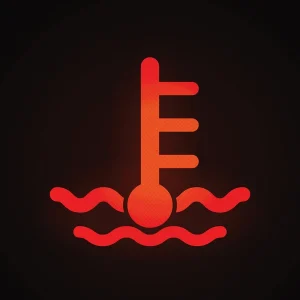
Replace if it fails to regulate coolant levels.
Wheel Speed Sensor
Inspect and replace if it causes ABS or traction control warnings.
Body Control Module (BCM)
Diagnose and repair or replace if electrical system faults are detected.
Common Dashboard Symbols Decoded
Seat Belt Reminder

Indicates: A seat belt is unfastened.
Action: Ensure all occupants are securely buckled.
Airbag Fault Warning
Indicates: A potential issue with the airbag system.
Action: Have the airbag system inspected promptly to maintain occupant safety.
Battery Warning Light
Indicates: A fault in the charging system.
Action: Check the battery and alternator to avoid being stranded.
BRAKE Symbol
Indicates: The parking brake is engaged. Low brake fluid levels. A fault in the braking system.
Action: Have your vehicle checked immediately to ensure safe braking performance.
Engine and Performance Warning Lights
Coolant Temperature Warning Light
Indicates: Engine overheating.
Action: Stop the vehicle as soon as possible. Switch off the engine to prevent severe damage. Check coolant levels and address any leaks or malfunctions promptly.
MIL (Malfunction Indicator Lamp)
Indicates: Engine fault codes signaling potential issues.
Action: Use a diagnostic scan tool to retrieve and analyze fault codes. Address the identified problems to restore optimal engine performance.
Brake and Traction Control Systems
BRAKE Symbol
Indicates: Worn brake pads. Low brake fluid. The parking brake is engaged or a fault in the brake system.
Action: Inspect and replace brake pads if worn. Check and refill the brake fluid if low. Address any faults immediately to ensure safe braking performance.
Traction Control System (TCS) and StabiliTrak
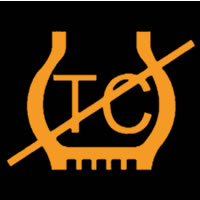
Function: Helps maintain vehicle control during wheel slip or unstable conditions. Reduces engine power and applies brakes to individual wheels as needed.
Light Flashing: Indicates the system is actively working to stabilize the vehicle.
Light Stays On: Indicates a fault in the system requiring professional attention.
Airbag and Immobilizer Warning Lights
Airbag Warning Light
Indicates: An electrical fault in the airbag system. Potential failure to deploy airbags during an accident.
Action: Have the system serviced as soon as possible to ensure proper functionality. Ignoring this light increases the risk of injury in a collision.
Immobilizer Warning Light
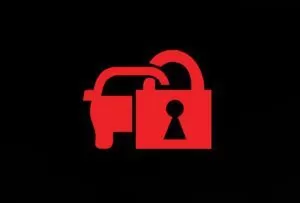
Indicates: A fault in the theft-deterrent system. Potential issues with starting or running the vehicle.
Action: If the light doesn’t come on during ignition or appears while driving, have it checked immediately. Prompt attention prevents issues with the security system and ensures the vehicle operates as expected.
Why These Lights Matter
Safety: The airbag system is crucial in minimising injuries during an accident.
Security: The immobiliser protects against unauthorised use and ensures your vehicle remains secure.
Cruise Control and EPB Service
Cruise Control System
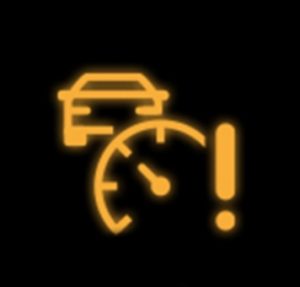
Functionality: Augments your driving experience by allowing you to maintain a desired speed and distance from the vehicle ahead. Ideal for reducing driver fatigue during long trips.
Indicator Lights:
White: System is ready but not active.
Green: System is active and maintaining your set speed.
Action: Verify your cruise control settings before use to ensure proper functionality. Adjust speed and distance settings as needed for safe operation.
EPB (Electronic Parking Brake) Service Warning
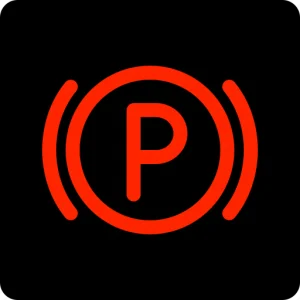
Indicates: The electronic parking brake requires servicing.
Urgency: Medium-priority warning—address it promptly to avoid parking brake failure or being unable to release the brake.
Action: Have your Chevrolet Equinox inspected and serviced as soon as possible by a qualified technician.
Benefits of Monitoring These Systems
Cruise Control: Ensures a stress-free and smooth driving experience.
EPB Service: Prevents potential inconveniences or hazards associated with a malfunctioning parking brake.
Common Miscellaneous Symbols
White Box
Indicates: A general vehicle setting or notification.
Action: Refer to the owner’s manual for detailed context and steps.
“6” Symbol
Indicates: Specific system or feature in operation (context may vary).
Action: Check associated system settings or manual guidance.
Check Mark
Indicates: Confirmation of a completed action, such as system activation or settings adjustment.
Action: No further action needed unless prompted.
Red Flashing Light
Indicates: A critical issue or warning, such as a security alert or system malfunction.
Action: Address immediately to prevent potential problems or hazards.
Additional Critical Warning Systems
Transmission Temperature Warning Light
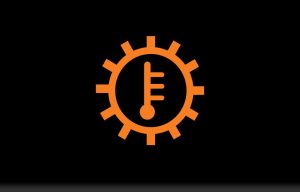
Indicates overheating in automatic transmission fluid. Immediate action is required to prevent gear damage. Check fluid levels and the cooling system.
Tire Pressure Monitoring System (TPMS) Alert
Warns of underinflated tires affecting handling and fuel efficiency. Check all tires when illuminated. Flashing indicates system malfunction.
Electronic Stability Control (ESC) Fault
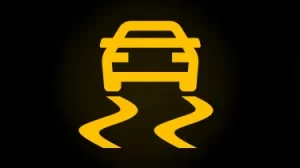
Signals disabled or faulty stability control system. Reduces vehicle stability in turns. Have system inspected to restore proper function.
Power Steering Warning

Indicates electric power steering malfunction. Steering becomes heavier. Requires immediate service to maintain safe vehicle control.
Diesel Particulate Filter (DPF) Alert
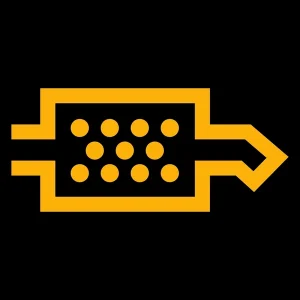
Warns of clogged filter in diesel models. Requires regeneration cycle or professional cleaning to maintain emissions performance.
Adaptive Front Lighting System Warning

Indicates malfunction in automatic headlight adjustment. Limits night visibility. Have lighting system diagnosed promptly.
Blind Spot Monitoring Fault
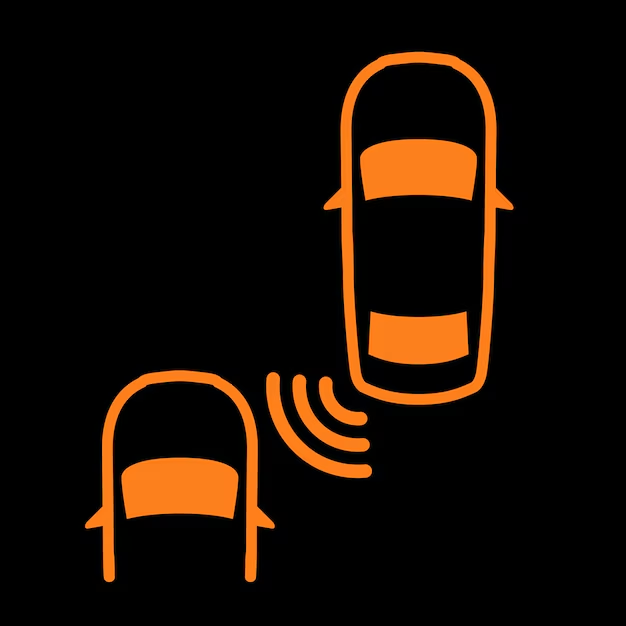
Signals disabled or malfunctioning blind spot detection. Manually check blind spots until system is repaired for complete safety.
Lane Departure Warning System Alert

Indicates system malfunction. The driver must maintain lane position manually until system is serviced. Important for highway safety.
Hybrid/EV Battery Warning
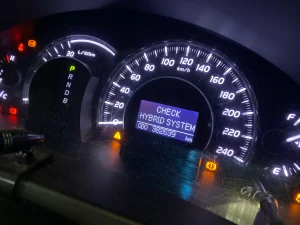
Critical alert for high-voltage battery issues in hybrid/electric models. Stop vehicle safely and contact service immediately.
Fuel Filter Warning (Diesel)

Signals a clogged fuel filter in diesel engines. Causes power loss. Replace filter promptly to restore proper engine performance.
Exhaust Fluid Level Low (DEF)

Warns of low diesel exhaust fluid in selective catalytic reduction systems. Refill to prevent engine power reduction.
Automatic Emergency Braking Alert
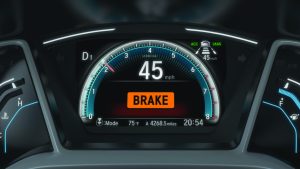
Indicates system malfunction. Driver must maintain safe following distance until system is repaired for collision prevention.
All-Wheel Drive System Warning

Signals fault in the AWD/4WD system. May default to front-wheel drive. Have the system checked to restore optimal traction.
Keyless Entry System Fault
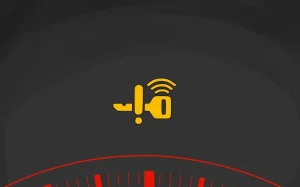
Warns of malfunction in key fob detection. May prevent engine from starting. Replace fob battery or service the system promptly.
Rear Cross Traffic Alert Warning
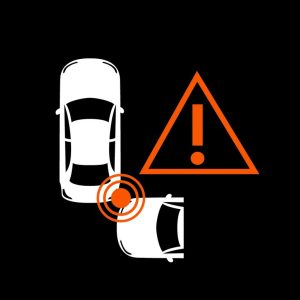
Indicates disabled detection system. Manually check rear when reversing until system is functioning properly again.
When looking at Chevrolet, make sure to check out our guides on models like the Chevrolet Beat, Chevrolet Silverado, Chevrolet Captiva, and Chevrolet Malibu. Understanding dashboard warning lights is essential. Our expert reviews break down what each light means, highlighting common alerts for these models and what they could signal about underlying issues, so you’re never left guessing behind the wheel.
These alerts help you: Identify potential problems early. Take prompt action to prevent damage or malfunctions. Maintain the vehicle’s performance and reliability. By understanding and responding to these indicators, you can ensure your Chevrolet Equinox remains in optimal condition.

